Our elementary program shapes our learners’ lasting ideas about themselves, their country, and the world.
In this stage of their lives, children learn basic knowledge and skills, and develop the yearning for learning.
The impact of the elementary years is so great that the kind of environment they are exposed to and how they react to their surroundings throughout these years immensely determine their attitude towards school and the life that comes after.
In terms of educational significance, our mission in this stage dwarfs all others.
Scroll below for our approach to elementary education.
Learning to read, write, and speak well is the core concern of our instruction in English. We believe that a good school devotes most of its attention in guiding its learners to read and eventually opens every child’s eyes to the world of great literature.
As early as grade 1, children attend a separate Writing class to learn to organize their thoughts and put together a coherent composition. By grade 4, learners start to read children’s classics and write simple book reports.
The consistent high ratings our grade 6 learners in the National Achievement Tests speaks well of our sound English classroom instruction.


To enhance their understanding of humanity in the literary works, and to prepare the children to higher level of literary appreciation, Grades 4 to 6 children read two to three classics each year, such as Black Beauty, The Prince and the Pauper, A Wrinkle in Time, among others. After reading, they write book reports for each book.
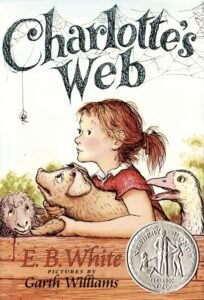



Filipino parents and foreigners alike are quite apprehensive to know that a three-year curriculum in Mother Tongue is a prerequisite for a child to reach Grade 4, where in theory, English starts to be taught as a discipline. This is especially true in ISA.
Before the passing of Department Order 94, the law mandating Mother Tongue-Based Multilingual Education be instituted starting in the school year 2012-2013, the school-wide English-speaking culture has already deeply taken root. English has effectively become the campus lingua franca. Fearing to disturb the status quo which could lead to the decline in the school English standard in particular, and the academic quality in general, with the full support from the parents and understanding of the local government agency, English grammar is taught in lieu of Hiligaynon, the local variety of Visayan dialect, in the Mother Tongue class from Grades 1 to 3.
Further, the worry that Hiligaynon is not taught as a subject will hamper the fluency of the children in their Mother Tongue is unfounded. Quite a number of informal studies conducted in the campus have shown that ISAers are not only fluent in English, reassuringly they have a firm grasp of their Mother Tongue (Hiligaynon).
Filipino as a subject focuses both on grammar and Philippine literature, with more emphasis on grammar in the elementary grades.
This subject tackles literary pieces of famous Filipino writers in consonance with the grammatical points which progress spirally. Filipino children study literature to better appreciate their literary heritage, understand their national culture, and take pride in being a Filipino. Foreign learners who have begun studying at ISA since preschool learn the subject just like any other Filipino child.
Foreigners who enter ISA while in the higher grades, grade 3 onwards for instance, are placed in special Filipino classes employing the Filipino as a second language approach.
While adhering to the curriculum guide prescribed by the Department of Education of the Philippines, we align our mathematics learning approach with the one prevalently adopted in Singapore, more commonly known as the Singapore approach. By using Shaping Maths published by Marshall Cavendish as the primary learning material, we assure our learners the attainment of one crucial element in education: Mastery. The emphasis on problem-solving, which encompasses the 6-year math learning experience, has become the heart and soul of our math program.
In their road to mastery, ISAers are aided with the time-tested Shaping Maths Coursebooks and Activity Books.

Coursebooks are the textbooks for each semester of Shaping Maths – A and B for each level. Each of these textbooks consists of prerequisite skills, concept reinforcement, and higher-order thinking skills. Important features that are consistent with the principle of differentiated learning can be found in every lesson.

The Activity Books are formatted for the practice of the concepts that are presented in the coursebooks. Their function is mainly to reinforce the knowledge and skills learned in the coursebooks.

Because we believe that “Mathematics is a language”, more guided practices aimed to achieve mastery are prescribed to learners. Khan Academy has been integrated in the ISA math learning process for this purpose.
Khan Academy is an online adaptive math platform. It is a handy tool for learners to develop accuracy, become motivated, gain understanding, and build confidence in their problem-solving skills.
The importance of Science can never be overemphasized. As a core subject in ISA education, Science does not only focus on building scientific and technological literacy. The development of critical thinking and problem-solving have been accorded with equal attention.
The lack of quality Science textbooks having been widely acknowledged in the Philippine academe as one of the main factors that hinders the progress of science education in the country. We meet this problem head on by procuring adequate volumes of McGraw-Hill Science, among others, for learners’ reference at nearly 1:1 book-to-learner ratio.



For more than a decade now, ISA has adapted the My Pals Are Here! Science series as the main textbooks from Grades 1 to 6. This series empowers the learners to develop essential process and inquiry skills which enable them to thrive both in science and cross-disciplinary subjects.
The series helped catapult ISA elementary graduating class (Grade 6) to the top rank in Science among the nearly 60 private elementary schools in Iloilo City in the annual National Achievement Test, a government administered examination.

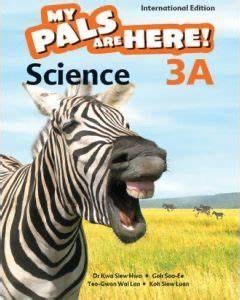

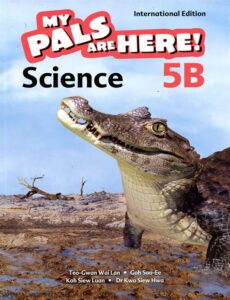
The annual science fair that merges learners’ scientific knowledge and verbal articulation attracts public attention and earns the children praises from the academe.




Our Social Studies programs adheres to the curriculum prescribed by the Department of Education. Children build critical-thinking skills and deepen content-area knowledge across the four strands of social studies: history, civics, geography, and economics.
Our Social Studies instruction aims at guiding children to understand their social responsibility, help learners make informed and reasoned decisions for the public good as citizens of a culturally diverse in an interdependent world. We teach children to develop critical thinking through examination of historical events, and provide learners with an understanding of their role as a citizen in a democratic society.




Field trips are integral to the social studies lessons.
We have a coordinated program where significant historical and cultural sites are identified for learners in each grade level to visit.
With values education, our goal is to provide and promote values education at all levels of the educational system for the development of the human person committed to the building of “a just and humane society” and an independent and democratic nation.
This is to ensure that the core values of Maka-Diyos (Faith in God), Makatao (Love of Humanity), Makakalikasan (Love of Nature), and Makabansa (Love of Country) are instilled among the learners. In addition, we integrate and nurture certain virtues in the daily interactions of the children, such as respect, courtesy, courage, diligence, and orderliness.


Every year, children in grades 5 and 6 attend recollections to deepen their understanding of faith and to bring about the desired positive transformation in their character and attitude towards life.
Over and above the lessons prescribed in the official music curriculum, our program sets the path so that every learner from grade 1 chooses and learns at least one of the various music instruments before he/she graduates.
To encourage children to get serious in developing his/her skills, the school actively initiates the forming of musical bands in campus. At present, there are 8 bands in the elementary. Aside from joining the annual in-campus and inter-school Battle of the Bands showdown, all learners are given the chance to perform during flag ceremonies, the Chinese New Year parade, and as opening numbers of major programs.
Through the learning of these instruments, children develop patience, perseverance, and discipline. It also boosts their self-esteem, improves their reading skills, exposed them to new cultures, and enhances coordination skills.


Our elementary curriculum boasts of a six-year integrated Art program.
Children mainly learn the basics of drawing and painting, while some more inclined ones progress further to advanced lessons, and many would join various inter-school competitions. Many of our learners have reaped top awards in various art competitions, such as the annual Dinagyang on-the-spot competition sponsored by Museo de Iloilo Foundation, as shown below.
Occasionally, children are trained to go beyond drawing and painting by making works of art through paper cutting and handicrafts.

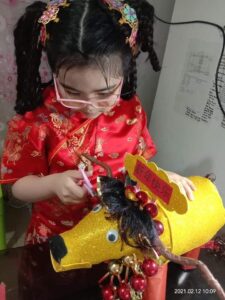

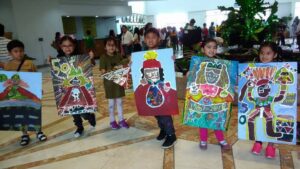
In order to put the basic movements and exercises prescribed in the curriculum into meaningful actions, children in each grade level are introduced to the theory and the practice of particular competitive sports, such as badminton, basketball, table tennis, track and field, and taekwondo.
Our P.E. program goes hand in hand with character education and academic achievement. P.E. facilitators and coaches help children learn about teamwork and sportsmanship. Disciplined activity sharpens mental acuity and children’s appetite for learning.
We strive to suit the health and physical well-being of our learner in the context of training for a wholesome life.




Our computer lessons integrate digital literacy into our curriculum. These activities cater to the needs of the children from grades 1 to 6. Learner-centered lessons promote the practical application of technology, and teach the fundamentals with engaging activities.
Acknowledging the importance of innovation and technology in the success of learners, we have integrated robotics program in our higher elementary computer lessons.



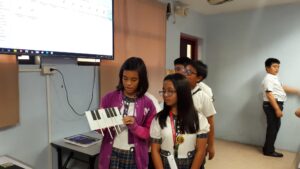
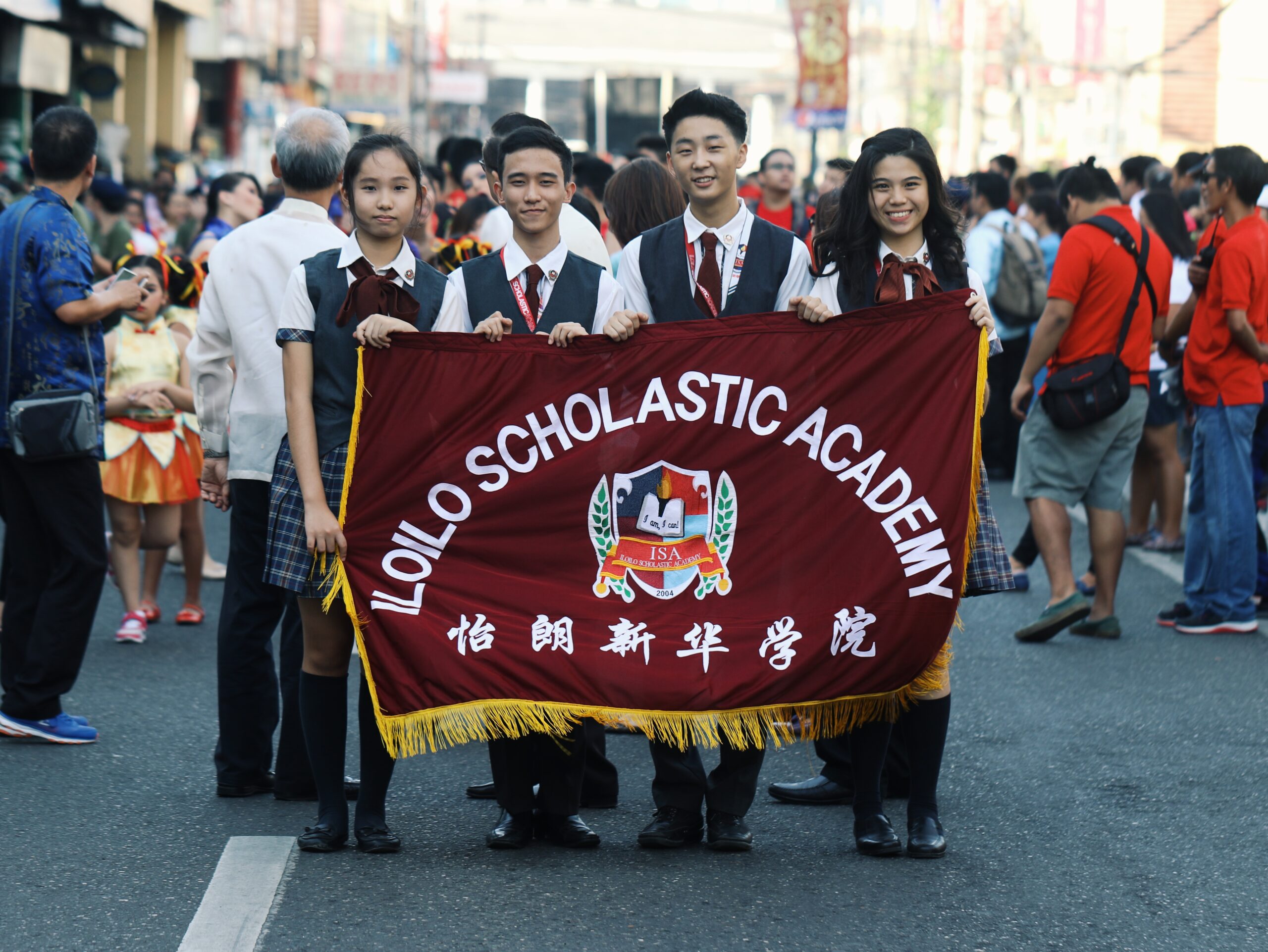
Your journey with ISA begins here. View our application process or contact us to learn more about our programs.